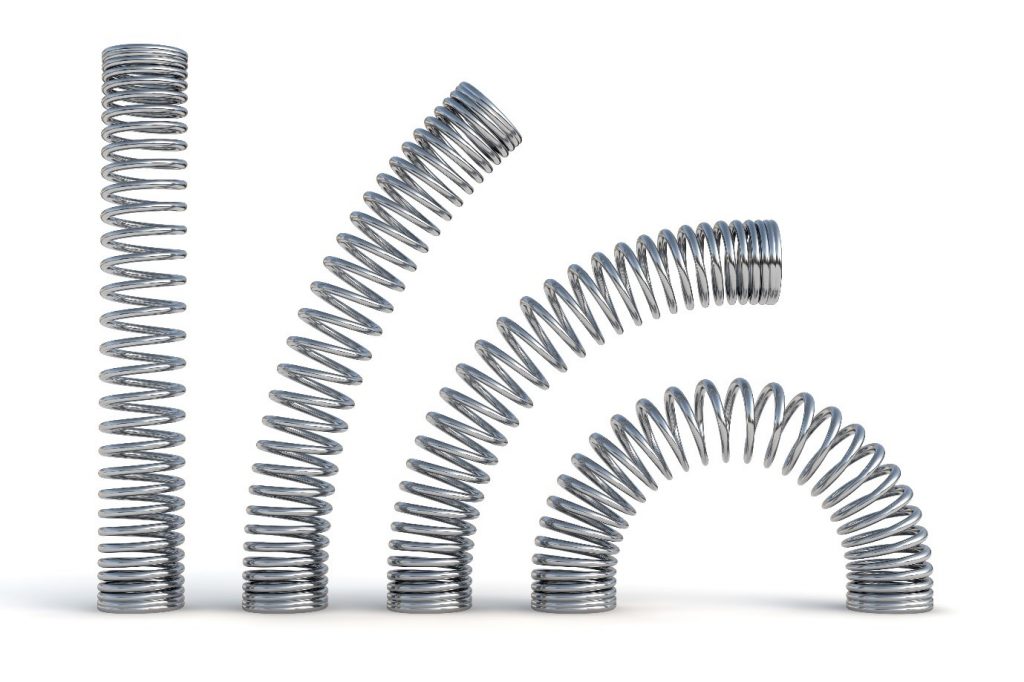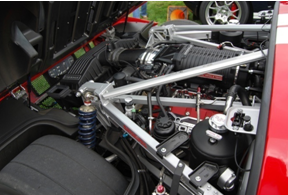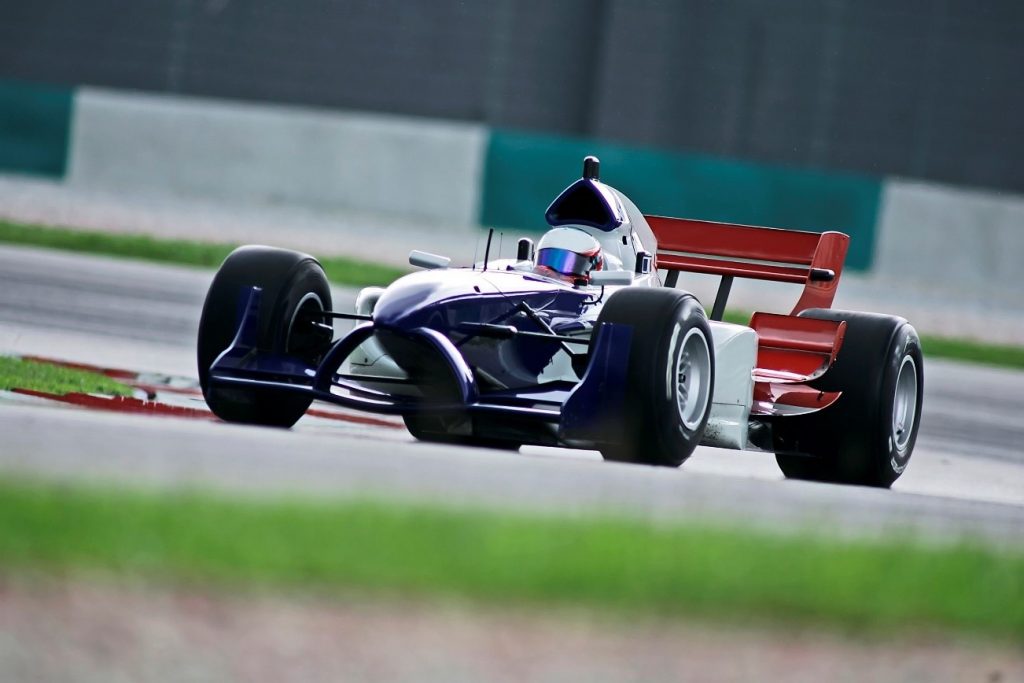Springs in Motorsports
Springs play an integral part in all forms of motorsport. Revered globally, motorsports comprise some of the biggest sporting events around the world, with Formula 1 being a particular highlight. Different springs have different uses in motorsport depending on their properties and here we look at how spring technology is a vital part of a racing car’s performance.
The Importance of Compression Springs in Motorsports
Despite simply being a coil of metal, compression springs are a vital component in some of the most advanced machinery, especially in the motoring industry.

Sports cars in particular are extremely intricate and precisely built machines, with no margin for error in their entire construction. The highest performing race cars, retailing for hundreds of thousands of pounds, take months or even years to design and build. Take away any component, including the springs, and the vehicle will simply not work.
The use of compression springs in sports cars centres around suspension devices, which stabilise and protect the entirety of the vehicle, as well as the driver. The higher quality the suspension of a car, the smoother, and consequently faster, it will perform as handling will be significantly improved.
Upgrading suspension is one of the most common ways to improve a car’s performance, as high-quality parts really can make an incredible difference in terms of handling. The highest quality suspension modifications on supercars can easily cost in the region of a few thousand pounds. But even the highest-grade suspension systems rely on one key component: springs.
How Vital Are Springs in a Suspension Device?
Within a suspension device, the spring is the part which works to cushion contact with uneven road surfaces, converting impact into vibrations that can be buffered by shock absorbers. The spring is a vital element, as it enables the transfer of energy to be passed through the various suspension components.
Given the key role springs play within a suspension device, any component above the level of suspension – which is everything apart from the wheels, brakes and lower suspension – is classed as a sprung mass. The rule is that the smaller the ratio of the unsprung mass to sprung mass, the greater the comfort and ease of the ride.
With competition being so fierce among high-performance racing cars, the smallest discrepancy in the ratio between sprung and unsprung mass can make or break overall vehicle performance. The extra speed that having just the right mass ratio enables could set the car apart from competitors, even if it’s by a matter of seconds.
Greatest Technological Advancements in Formula 1
Formula 1 is the biggest stage in motorsport and is known around the world for pushing the boundaries of what is technologically possible. With the stakes being even higher than the incredible speeds, the race car springs demand the absolute pinnacle of technology, which is field-tested in some of the most demanding racing conditions.
The following technologies are utilised in motorsports such as Formula 1.
Disc Brakes
Disc brakes first began to be used back in the early days of Formula 1 for their ability to consistently stop cars from high speeds safely. Nowadays, almost every car currently in production around the world utilises disc brakes as they are far more durable and effective than the ‘drum’ style brakes that were once the norm.
Adaptive Suspension
Initially known in the sport as adaptive suspension, this technology allows a car’s height and spring rate to be constantly adjusted to improve grip and lap times. Despite being banned from F1 in 1994, car manufacturers are now introducing this technology to consumer cars in order to improve their performance, a move that Formula 1 teams hope will bring about the return of active suspension in racing.
Tyre Technology
With them being the vital last part of control between driver and road, there is no overestimating the importance of quality tyres. Formula 1 has always been at the forefront of research for tyre technology and is constantly developing new compounds and treads to improve grip in all weather conditions. This technology is usually adopted by commercial tyre manufacturers and developed for consumer car tyres.
With other F1 technologies, such as KERS (kinetic energy recovery systems), now gradually making their way into consumer cars, Formula 1 is sure to continue creating cutting-edge technology that can improve the performance of all cars.
As one of Europe’s leading spring manufacturers, we at European Springs are always interested in seeing the next big engineering achievement. Who knows, maybe it will be another breakthrough from the racetrack. We provide compression and torsion springs of all sizes and designs for a huge array of uses.
[button url=”https://www.europeansprings.com/contact/” class=”scbutton”]Get In Touch[/button]
